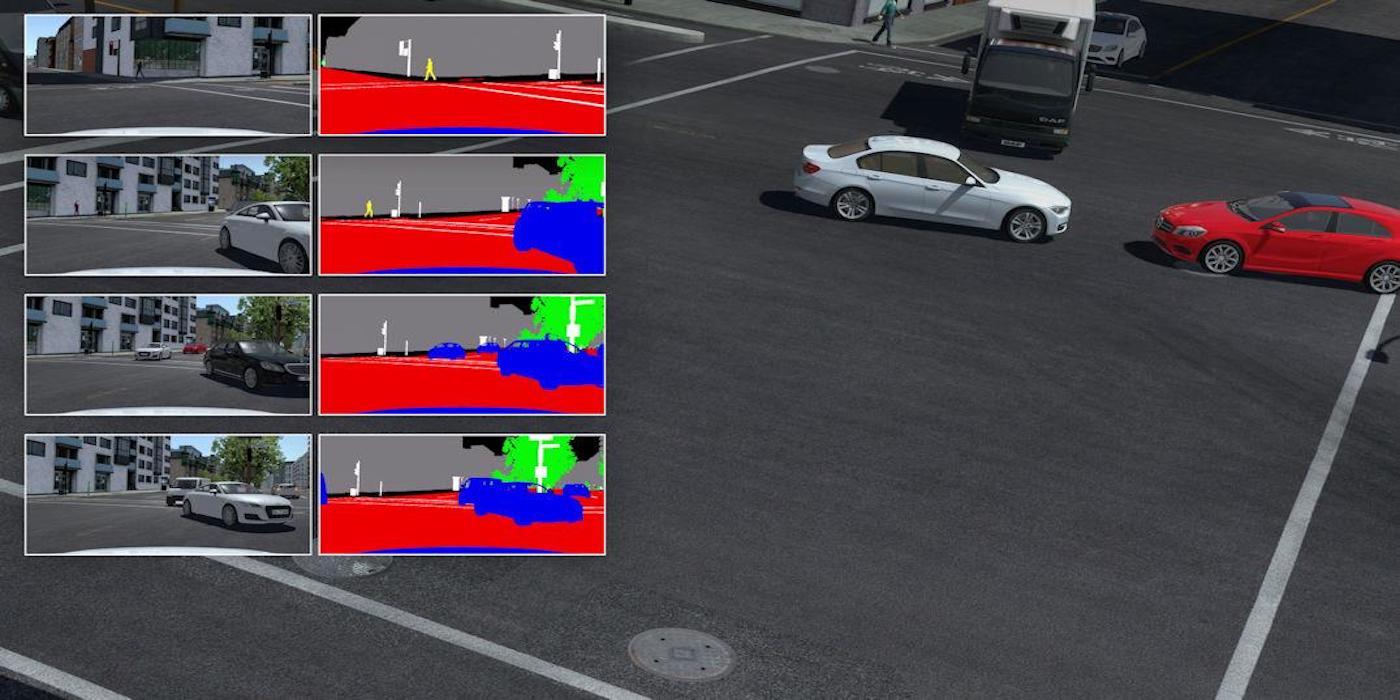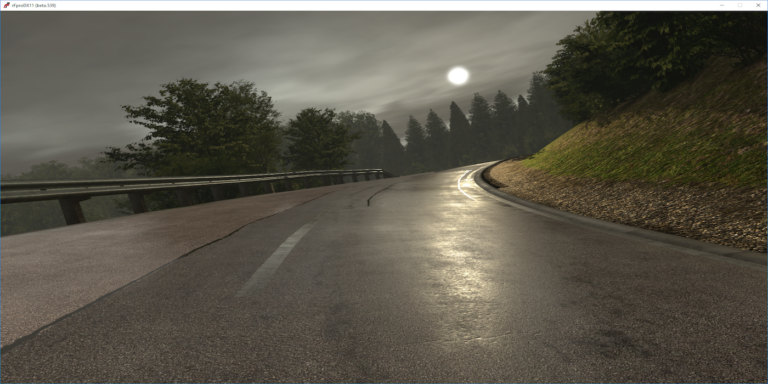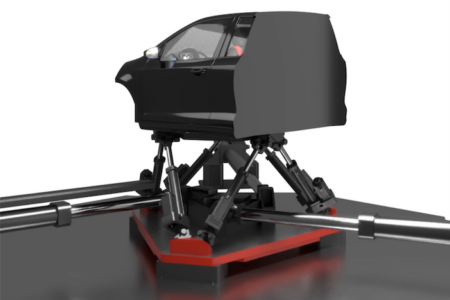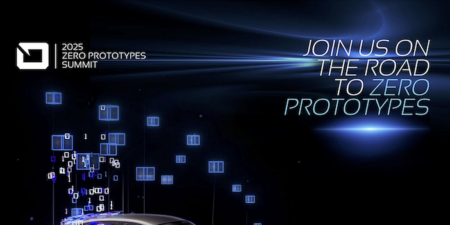Computer technology company NVIDIA has chosen rFpro as a software partner to provide a virtual environment for developing autonomous vehicles (AVs) in its NVIDIA Drive Sim and NVIDIA Drive Constellation packages. These packages are used by vehicle manufacturers such as Toyota, Mercedes-Benz, Volvo and Subaru, as well as major Tier 1s, such as Denso, Bosch and Continental.
NVIDIA Drive Sim is a platform that simulates a self-driving vehicle’s sensors, including cameras, LiDAR and radar. It drives the company’s NVIDIA DRIVE Constellation hardware-in-the-loop virtual reality AV simulator. rFpro will provide a photorealistic environment to help translate the training and development of the systems into the real world.
“In order to precisely evaluate their safety, virtual development is the only realistic way to subject AVs to the uncountable number of scenarios that could take place on the road,” stated Chris Hoyle, rFpro’s technical director. “It would simply take too much time to gather the data required. Simulation has become essential to the development of AVs. Best of all, nobody can get hurt in a virtual world.”
NVIDIA CEO, Jensen Huang added, “We have to simulate everything. Simulation is the foundation of good engineering. Simulating artificial intelligence systems is vital to success.”

A ‘3D reconstruction’ process enables rFpro to create ‘digital twins’ of the real world, matching simulated testing to real-world testing. The process is claimed to enable the vehicle developer to physically model a vehicle’s interaction with the world, through its sensors (cameras, LiDAR, radar) and through its vehicle dynamics.
rFpro employs a technique called Physical Simulation (illustrated in this video), which means that lighting, weather, the atmosphere, and even the way the detailed road surface is fed to the customer’s virtual-vehicle, are based on the laws of physics.
“Our physical modelling is unique as it ensures that simulation can be validated and certified, so that the process can become part of the regulatory approval process,” explained Hoyle. “Taking into account vehicle dynamics also means that a driverless vehicle can be engineered, from day one, for customer acceptance. This is a key roadblock to the adoption of autonomous vehicles – customers must actually want to ride in them, or the billions invested will be wasted.”





